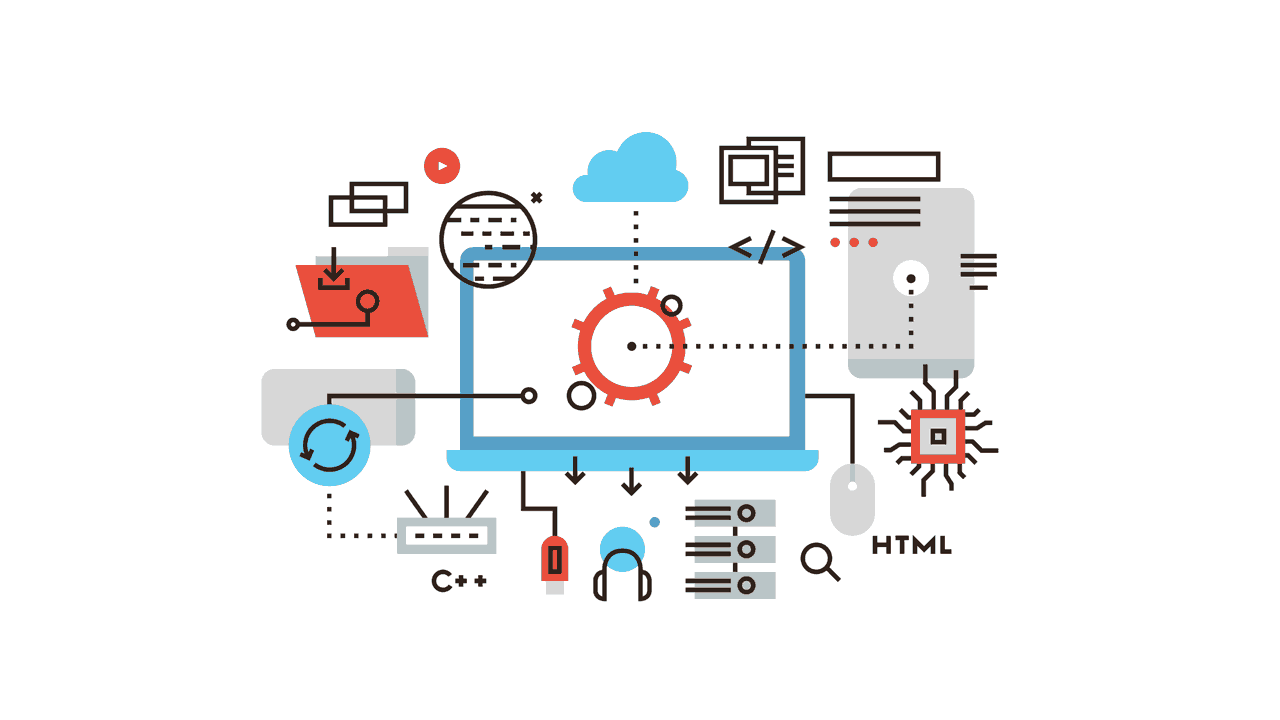Machine learning is the holy grail of the modern tech industry. Anybody who has ever worked in computer science has been thinking about it, and with companies such as Google, Facebook, and Apple reaping the benefits of artificial intelligence (AI), the machine intelligence revolution has clearly arrived.
However, despite all the emphasis these companies have placed on enhancing their products with machine learning, for most companies, building AI is still difficult and challenging.
Humans can learn almost anything instinctively and autonomously, by watching, reading, and experiencing new things, but setting up a machine learning system to do simple tasks is an incredibly difficult undertaking.
Besides a lot of expertise, you need computing power, data, and time, all of which equals money—money that companies with reduced financial resources simply do not have. The truth of the matter is, there is virtually nothing small about machine learning, AI, or big data, except the number of available experts.
The amount of data, storage capacity, processing power, and experts’ wages required all represent exponentially higher costs than any previous approach. When it comes to AI, you either “go big, or go home.”
The high cost of investment—be that in professionals, hardware, or software—like in any IT-related field, coupled with the scarcity of experienced industry-seniors, always results in a slowdown of advancement in the field and is often coupled with some impact on the consumer side.
Machine learning being a relatively young field, but with high consumer expectations, is certainly not the ideal scenario for its evolution.
Money, however, isn’t the only difficulty businesses face. Let’s take a look at the even deeper challenges and inefficiencies in the AI process and the potential ways to solve them.
Expertise Must Be Ph.D.-Level
While AI research has been going on for several decades, the most promising developments have occurred only in the last few years.
The main reason that machine learning is still in its infancy is due to basic research and development work that must be done.
The ability of a machine to learn anything depends largely, almost solely, on the accuracy of its underlying mathematical model, and developing a good mathematical model requires advanced understanding of arcane topics in linear algebra and calculus, among others.
Most of the available knowledge and intelligence around this topic currently exists only in academic research papers. Bottom line:— You need Ph.D.-level expertise to decipher it all, not to mention pull it off.
As previously hinted at, the number of available scientists in such a young field is extremely low, and often comes with an eye-popping price tag attached. To further aggravate the issue of scarcity, machine learning is also not a field that many newcomers to the IT industry are itching to get into.
It’s an intimidating, hard journey that requires the right personality and a considerable amount of time to work, as well as industry leaders and educators to make it attractive enough for newbies to sink their teeth into.
Data Is Difficult to Obtain
In his book, The Emotion Machine, Marvin Minsky shows how our brains progress from simple, instinctive thoughts, to more complex forms, such as self-awareness. But because we tend to see our thinking as fragmented, instead of as the step-by-step process it is, we fail to build machines—AI.
Yet we often overlook how much data AI involves. To teach humans, even young children, to identify a Chesterfield couch, for example, you need to show them only a few images of Chesterfield couches, and some regular couches for comparison.
These systems, however, don’t just require more information than humans to understand or recognize certain objects; they require hundreds of thousands of times more, according to Neil Lawrence, a professor of machine learning at the University of Sheffield.
It takes thousands of Chesterfield couch images to teach a computer to pick one out of a crowd, not to mention that the “training” material needs to consist of Chesterfield couches of all sizes, colors, and viewing angles.
So how do you teach a computer to identify all the particularities of a Chesterfield couch? You might do a Google or Bing search, but you’ll turn up just a few dozen. In fact, there may not be an existing database of Chesterfield couches large enough, so you’ll end up doing the job yourself, which is an expensive and time-consuming proposition.
Big tech firms like Google, Facebook, and Apple have plentiful data, allowing them to run inefficient machine learning systems, and improve them afterward. Smaller businesses might have good ideas, but without data, they won’t be able to follow through on them.
Smaller businesses ultimately end up generating their own data through time, or rely on publicly available data-sets, something that sometimes large corporations produce, anonymise and make open-source or offer as a service. Without either of these options, machine learning simply doesn’t work, as its own advent as an industry was caused by nothing else than the large amounts of data it needs to be effective.
Without either of these options, machine learning simply doesn’t work, as its own advent as an industry was caused by nothing more than the large amounts of data it needs to be effective.
Computing Takes More Power and Time
Teaching a machine learning system requires dedicated, specially configured servers working in tandem, which means acquiring and setting up the hardware in your own data center. This is possible by using cloud-based computing resources, such as Amazon Web Services or Microsoft Azure.
Not only are these options costly, but the learning process can take days or weeks. In addition, if you’re not getting positive results, the underlying model may need to be tweaked and the learning cycle will go back to square one, because with every change there is a new learning process, and new neural networks are created.
Fortunately, once the system has gone through its learning phase and you are confident in its reliability, operating it on a day-to-day basis to perform its assigned task will require less computing muscle and storage capacity.
Better Days Ahead?
So, unless you’re Google or the U.S. National Security Agency, you probably don’t have the resources to build a machine learning system from scratch. There are commercial machine learning engines you can leverage, such as the Google Photos, Cloud Vision API, but their applications are currently limited. If you want something more specialized, you have two options: Launch a full custom machine learning project, or just wait a few more years for solutions to evolve and tools to become more readily available.
The pace of research shows no signs of slowing down, and we can be certain that commercial software development frameworks that hide much of the complex mathematics will become available. This will allow developers to have easy-to-use tools for building, optimizing, teaching, and testing machine learning models.
All of this, in time, will inevitably contribute to the successful application of AI and machine learning in the case of smaller businesses, as well.
Data will become less expensive to obtain, and products will become smarter and cater to the increasing demand of consumer expectations of intelligent software and hardware, and predictive solutions at a lower price tag.


